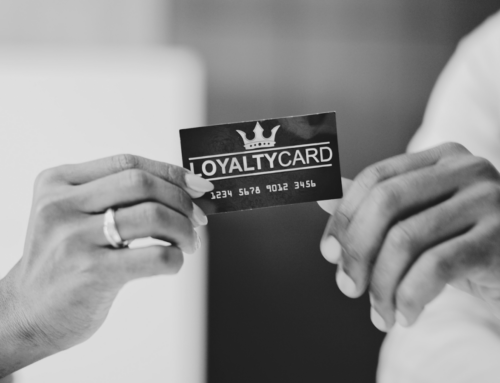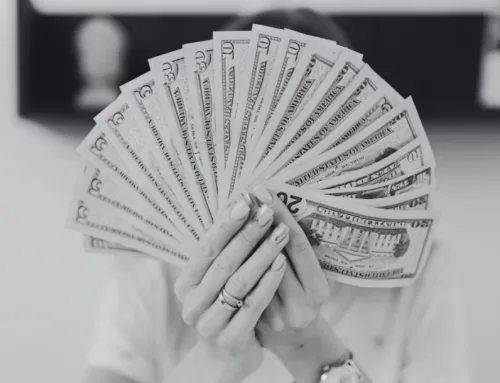Valentine’s Day is not only about expressing love and affection but has also turned into a significant commercial event, with people planning to spend money on unique experiences and thoughtful gifts. For businesses, understanding these consumer insights can be crucial to strategise sales and marketing plans.



